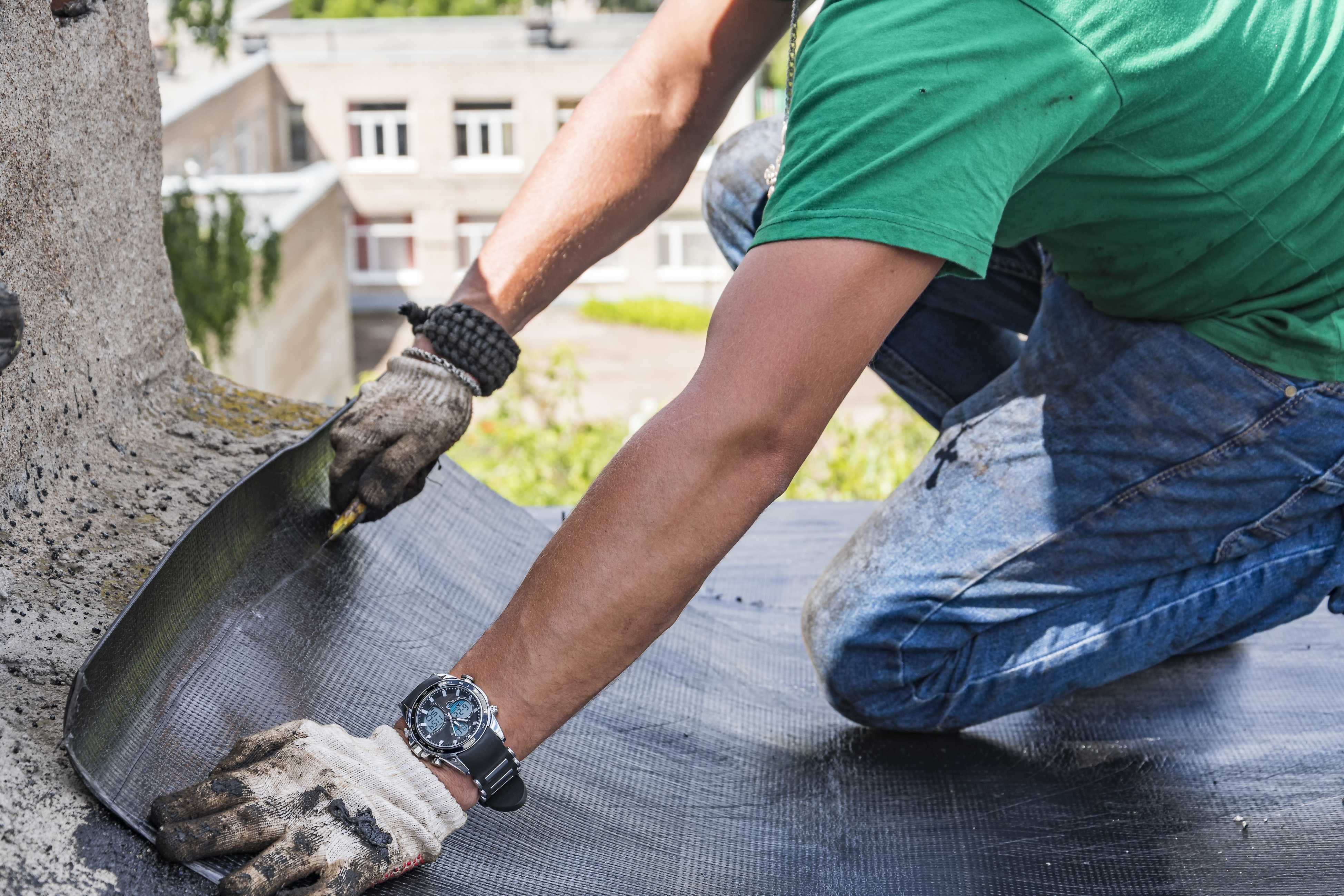 20 Aug 2024
20 Aug 2024
Roof leakage may not be a common issue for homeowners, but when it occurs, it can turn into a worst nightmare, especially in the absence of immediate professional help. That’s why homeowners must learn how to perform temporary ceiling leak repair until a professional roofer arrives.
A leaky roof has the potential to cause water damage, leading to structural issues, mould growth, and other detrimental effects on your home if left untreated. However, with the right information and techniques, you can prevent further damage.
In this blog, we have curated a list of important tips that will help you fix your leaking roof temporarily.
Is Leaking Roof an Emergency for Your Home?
Roof leakage is a prevalent issue in homes and can arise from various factors, primarily due to wind or rain causing damage to the roof.
The extent of damage caused by a leaky roof depends on several factors. Some homeowners may dismiss leaks as minor inconveniences since they occur frequently. However, this perception can lead to serious consequences.
Although a roof leak might initially seem like a minor concern, it has the potential to escalate into an emergency. Therefore, it is crucial to promptly address this roofing issue and resolve it before it causes significant damage to your home.
Effective Tips to Follow During Roofing Emergency
- Find the Affected Leakage Area
To prevent further damage to your property and implement effective interim solutions, it’s essential to identify the source of the leak. Begin by examining areas uphill from any water spots on walls or ceilings to pinpoint roof leaks. This segment will discuss repairing damaged vent boots as a temporary solution and guide in identifying potential leak sources during the inspection.
Tips for Locating Leak Sources During Inspection
- Tip 1.Roof penetrations such as skylights, chimneys, and vents
- Tip 2.Broken or absent shingles
- Tip 3.Damaged or cracked flashing surrounding roof edges
- Tip 4.Clogged gutters make water overflow onto the roof
- Use Plastic Sheets to Fix Roof Leakage
The most common makeshift solution for leaks is the use of plastic sheets. Applying these sheets over the affected area aids in preventing water leaks into your home. When selecting plastic sheeting or tarps, it’s crucial to opt for the appropriate size and thickness to ensure optimal protection against leaks. Generally, thicker sheets are more durable and resistant to punctures.
- Size: Select a tarp that extends beyond the damaged area by at least two feet on each side.
- Thickness: Choose thick polyethene sheets (6–10 mil) that are made especially for roofing.
- Get Properly Securing Tarps
Ensure the secure placement of your tarp to ensure the effectiveness of your temporary patch, especially in windy conditions. Start by fastening bungee cords along the tarp’s edge, utilizing the grommets that are commonly included in most tarps. Subsequently, anchor these cords to sturdy objects, such as nearby stakes driven into the ground, trees, or fence posts.
- Use Cement Mixtures to Patch Small Holes
An alternative approach for sealing minor gaps in your roof involves using a cement-like chemical mixture comprised of water and powder. Pour this solution into the exposed opening and cover it with roofing tape to keep moisture out. Employing this method can temporarily prevent leaks from worsening while awaiting professional assistance.
- Fix Damaged and Loose Shingles
While awaiting professional help, you can attempt temporary repairs on your own if you are dealing with loose or damaged shingles causing leaks. Liquid rubber solutions like Flex Seal, a spray foam sealer, can provide a makeshift remedy to leaks by enclosing problematic areas with waterproof barriers.
Evaluating which kind of spray foam sealer is most effective for use on various shingle types
- Silicone-Based Sealants are best for tiles and metal roofs because of their weather resilience and excellent adhesion.
- Polyurethane-Based Sealants prolong the life of repair by providing strong adhesion and UV protection.
- EPDM (ethylene propylene diene monomer) rubber roofing systems consisting of flat roof surfaces work best with rubberized coatings.
Contact K. Heng Plumbing Professional for a Leakage Problem
The tips mentioned above can assist you in addressing ceiling leakage temporarily until professionals arrive. However, it is crucial to ensure that you promptly contact professionals and resolve the issue as soon as possible. Delaying repairs may lead to significant damage to your home.
If you believe that DIY techniques will provide a permanent solution to your leakage problem, you are mistaken. These methods offer temporary solutions and come with associated risks. It is important to understand the potential drawbacks of using DIY ceiling leak repair techniques for roofing issues:
- Safety Risks: Because working on a roof involves heights and slick surfaces, it can be risky. Safe handling of these events is a skill that professionals possess.
- Poor Repairs: If you don’t have the necessary skills and knowledge, you might not deal with the issue’s underlying cause appropriately, which could result in more damage and recurrent leaks.
- Void Warranties: If you make unauthorised repairs, the workmanship guarantee or roofing material warranty from professional installers may be voided.
Now, you know how important it is to hire a professional roofer repair for an effective and permanent solution. Contact K. Heng Plumbing if you are looking for an experienced and professional plumbing company. We have years of experience and advanced tools that can fix your roofing leakage problem effectively. Share your requirements with our team to get an instant solution!
